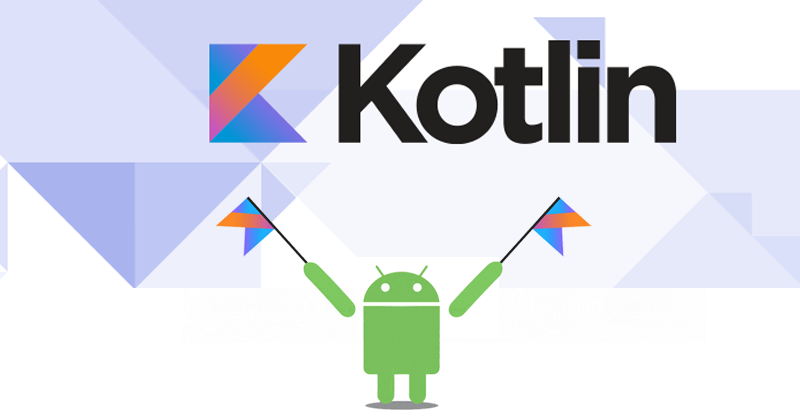Kotlin Program to Calculate the Power of a Number
In this program, you’ll learn to calculate the power of a number with and without using pow() function.
Example 1: Calculate power of a number without using pow()
fun main(args: Array<String>) {
val base = 3
var exponent = 4
var result: Long = 1
while (exponent != 0) {
result *= base.toLong()
--exponent
}
println("Answer = $result")
}When you run the program, the output will be:
Answer = 81
In this program, base and exponent are assigned values 3 and 4 respectively.
Using the while loop, we keep on multiplying result by base until exponent becomes zero.
In this case, we multiply result by base 4 times in total, so result = 1 * 3 * 3 * 3 * 3 = 81. We also need to cast base to Long because result only accepts Long and Kotlin focuses on type safety.
However, as in Java, above code doesn’t work if you have a negative exponent. For that, you need to use pow() function in Kotlin
Example 2: Calculate power of a number using pow()
fun main(args: Array<String>) {
val base = 3
val exponent = -4
val result = Math.pow(base.toDouble(), exponent.toDouble())
println("Answer = $result")
}When you run the program, the output will be:
Answer = 0.012345679012345678
In this program, we used standard library function Math.pow() to calculate the power of base.
We also need to convert base and exponent to Double because, pow only accepts Double parameters.
Python Example for Beginners
Two Machine Learning Fields
There are two sides to machine learning:
- Practical Machine Learning:This is about querying databases, cleaning data, writing scripts to transform data and gluing algorithm and libraries together and writing custom code to squeeze reliable answers from data to satisfy difficult and ill defined questions. It’s the mess of reality.
- Theoretical Machine Learning: This is about math and abstraction and idealized scenarios and limits and beauty and informing what is possible. It is a whole lot neater and cleaner and removed from the mess of reality.
Data Science Resources: Data Science Recipes and Applied Machine Learning Recipes
Introduction to Applied Machine Learning & Data Science for Beginners, Business Analysts, Students, Researchers and Freelancers with Python & R Codes @ Western Australian Center for Applied Machine Learning & Data Science (WACAMLDS) !!!
Latest end-to-end Learn by Coding Recipes in Project-Based Learning:
Applied Statistics with R for Beginners and Business Professionals
Data Science and Machine Learning Projects in Python: Tabular Data Analytics
Data Science and Machine Learning Projects in R: Tabular Data Analytics
Python Machine Learning & Data Science Recipes: Learn by Coding
R Machine Learning & Data Science Recipes: Learn by Coding
Comparing Different Machine Learning Algorithms in Python for Classification (FREE)
Disclaimer: The information and code presented within this recipe/tutorial is only for educational and coaching purposes for beginners and developers. Anyone can practice and apply the recipe/tutorial presented here, but the reader is taking full responsibility for his/her actions. The author (content curator) of this recipe (code / program) has made every effort to ensure the accuracy of the information was correct at time of publication. The author (content curator) does not assume and hereby disclaims any liability to any party for any loss, damage, or disruption caused by errors or omissions, whether such errors or omissions result from accident, negligence, or any other cause. The information presented here could also be found in public knowledge domains.

